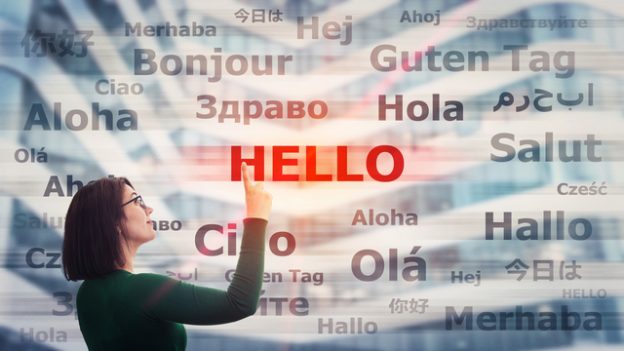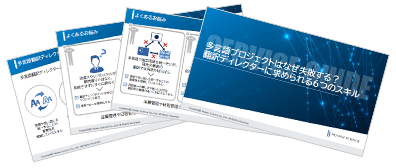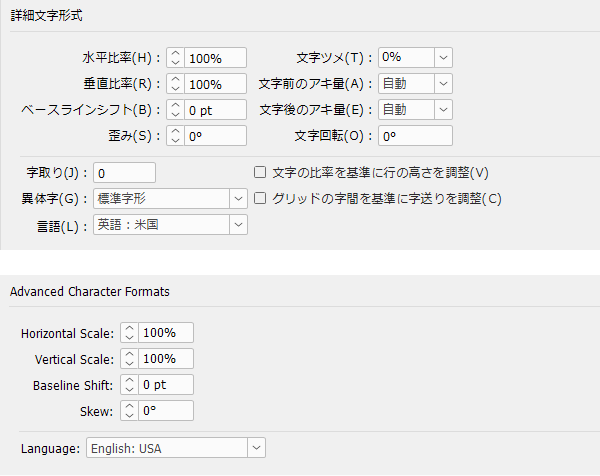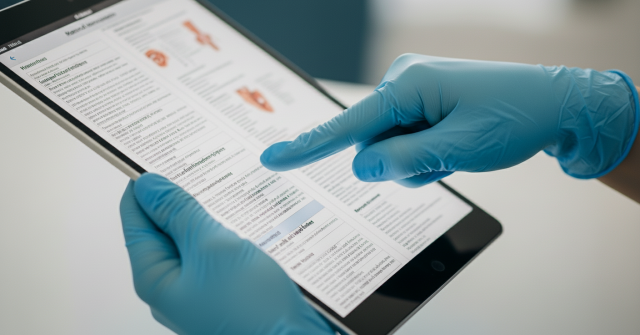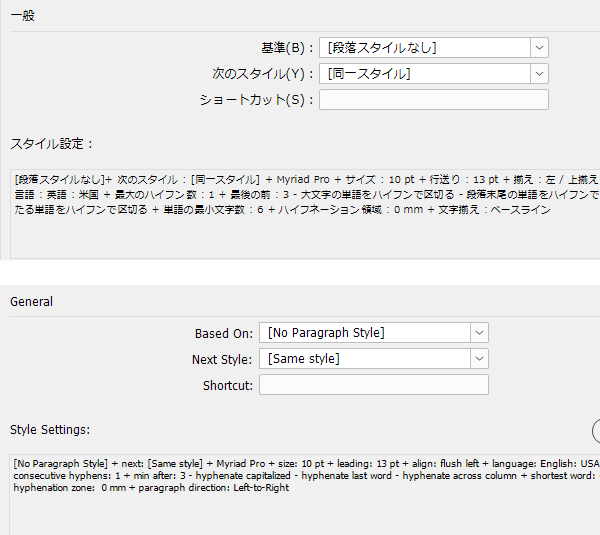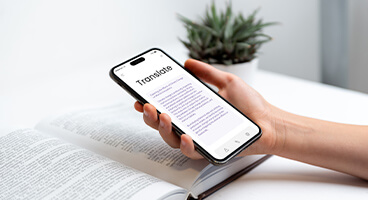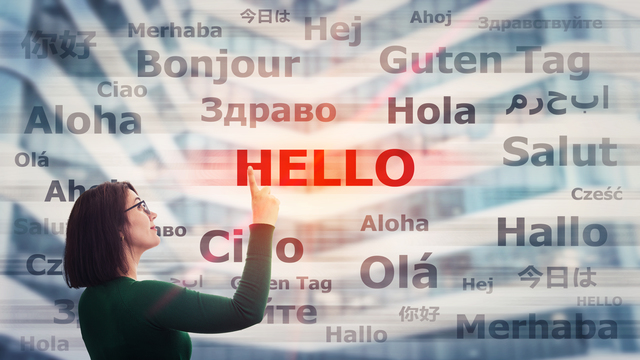
When translating documents for a foreign market or international audience, there are many things that you should prepare to promote high quality and accuracy in the translated work. One of the most important tools for ensuring a consistent standard of legibility, an appropriate style, and overall unification is to create a style guide. But what goes into a style guide? What information do translators and reviewers require to produce the best and most consistent translations for your company? In this post, we’ll provide an outline of the most common and recommended items found in English style guides.
1. Grammar Exceptions
First of all, it is worth noting that a style guide is not a grammar guide, and standard grammar rules should not be included, unless your company chooses to adopt non-standard grammar patterns. Grammatical conventions, word choice, and spellings in English differ slightly depending on the region (British or American), so the variant of English you want should be stated, and any exceptions to that region’s grammar rules should be noted.
As an example, American English places most punctuation marks inside of quotation marks, while British English moves them to the outside. So if you designate American English, but you want for periods and commas to be placed outside of quotation marks, punctuation placement should be listed in your style guide.
2. Title Capitalization
Widely recognized English formatting guides (MLA, Chicago, etc.) contain slight variations regarding the proper way to capitalize titles. Therefore, your style guide should clarify the title capitalization rules used by your company. In addition, the guide should designate which levels in the hierarchy of chapters, sections, subsections, etc., should utilize title capitalization.
3. Pronouns
Depending on the type of documents being translated, you may want to forbid or restrict certain types of pronouns. For example, the use of gendered pronouns is rarely necessary in technical documents and may even imply gender bias, so encouraging the use of singular ‘they’ over ‘he’ or ‘she’ is not uncommon. Also, the presence of first-person singular ‘I’ is odd to see in any document presented by a company, so usage of ‘we’ to represent the company, or the avoidance of first-person pronouns altogether, may be included in a style guide.
4. Number Notation
In many standard English formats, numbers are spelled out from zero to one hundred, but for technical writing in particular, only zero to nine are spelled out, unless the number is paired with a unit of measurement. The range and other qualities of numbers to spell out should be designated in the style guide. In addition, standard English uses commas as a thousand separator, but this rule is not universal and should be specified.
5. Stock Translations
If your company has any stock phrases or grammar patterns that it wishes to use for the sake of consistency, the style guide is the perfect place to list them. For example, if you want every chapter title to follow the same grammar pattern (starting each title with an –ing verb), or if you want to introduce every chart and table using a consistent stock phrase (“The following table lists …”), you should include it in the style guide.
6. Forbidden Symbols/Words/Phrases
Conversely, certain words, phrases, and symbols—while technically accurate and acceptable in the English language—may be inappropriate in regards to your company or difficult for your target audience to understand. In which case, you may want to add lists of forbidden words, phrases, or symbols to your style guide. When it comes to symbols for example, semicolons are difficult for a lot of people to use properly and can be easily avoided in almost every instance, so you may want to simply forbid their use to avoid the problem altogether.
As far as phrasing, formal subjects come to mind. These are pronouns (usually ‘it’ or ‘there’) that exist without an antecedent, like in the phrase, “It is recommended that ….” While grammatically correct, non-native English speakers may have trouble with this phrasing, and therefore it is avoided in some technical writing.
This category of guidelines also covers contractions and possessive noun forms, both of which are discouraged in technical and other formal writing.
Of course, one of the last and most important aspects of creating a style guide is actually maintaining it. A style guide should be revisited periodically to make sure that the contents are still relevant. Then, if any of the rules are outdated, you can change those guidelines to be more appropriate and add new content based on problems that may have arisen since the guide’s first creation. This way, you can continually improve the quality and consistency of the translations that are produced.
Not every genre of translation requires a stringent style guide. Creative fiction, for instance, does not benefit from such restrictions. But for many types of translation, including articles, instruction manuals, educational materials, and more, having a well-defined style guide can greatly boost the quality of your translations and help you establish your international brand, even when the work itself is done out of house.

